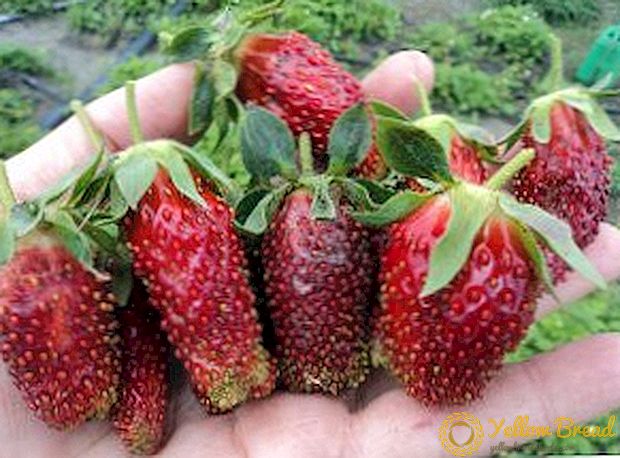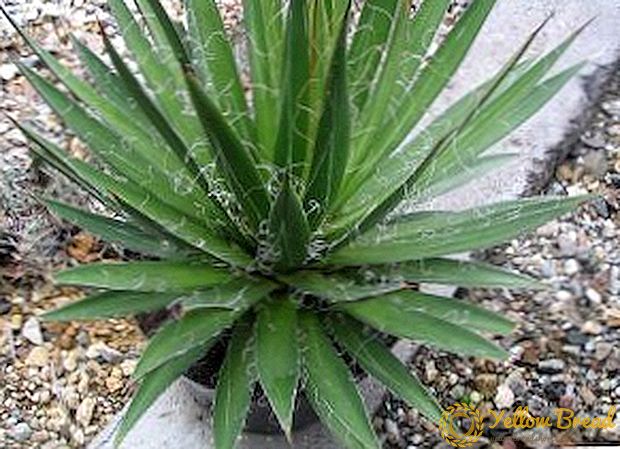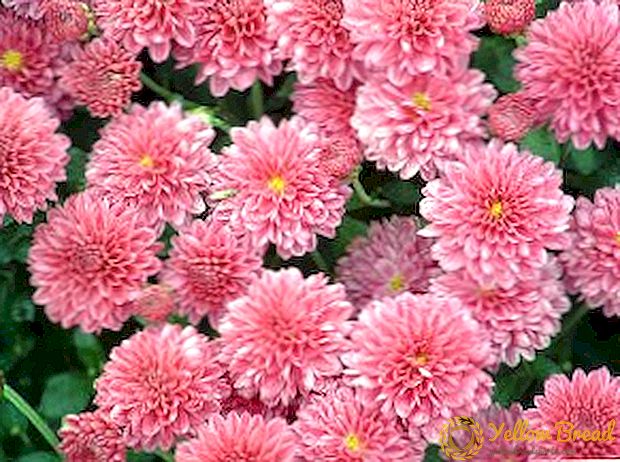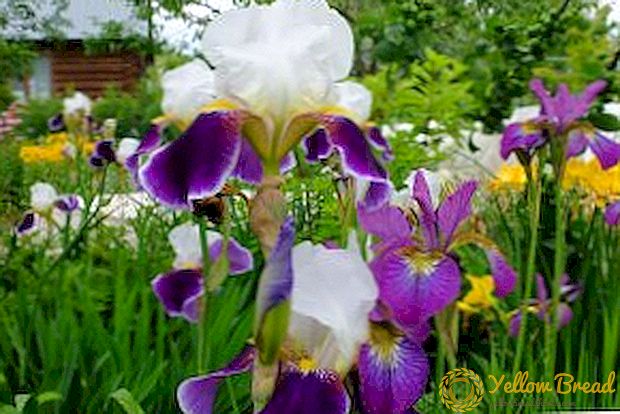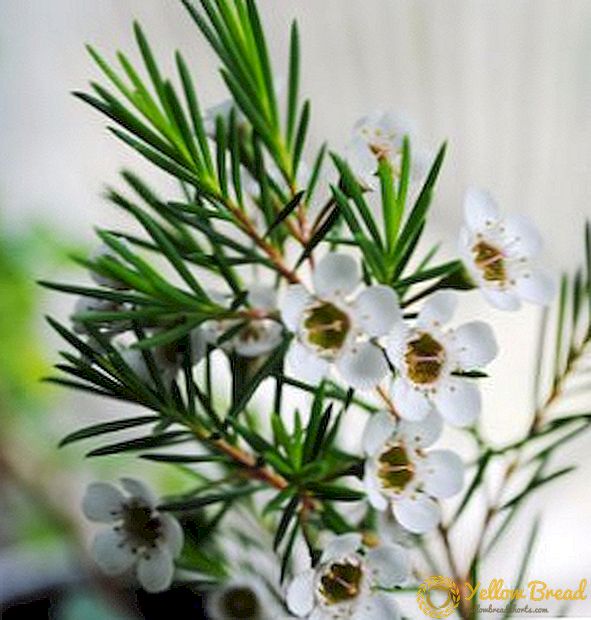As severe droughts continue to ravage parts of the United States, especially California, maintaining a beautiful yard is becoming increasingly difficult.
Most lawns aren't designed to retain moisture, so water is wasted when it is used, and the yard is less likely to survive when water is unavailable. The key to creating an outdoor area that will survive extreme weather conditions, is to mimic the soil found in nature, according to lifestyle blog Fix.com.
The soil found organically in nature is comprised of 50% particles, including sand, clay, and organic matter, and equal parts air and water, approximately 25% each. On the other end of the spectrum, soil found in most gardens and lawns is made up of 75% particles, and only 15% air and 15% water, due to foot traffic and the use of garden toils.
Compacted soil is not able to retain moisture like its natural counterpart, so when dry spells occur, there is not enough groundwater to keep the area moist and healthy. Fix.com suggests aerating the compacted soil with a garden fork in order to open up more space for air and water.
Additionally, using mulch or compost in gardens can help reduce water evaporation, and increase moisture retention, which means less water is needed over time. (That also means continually running water, and risking drought shaming, will no longer be necessary.)
Take a look at the infographic below to learn even more about creating a lawn or garden that will thrive even during a drought.

Source: Fix.com

